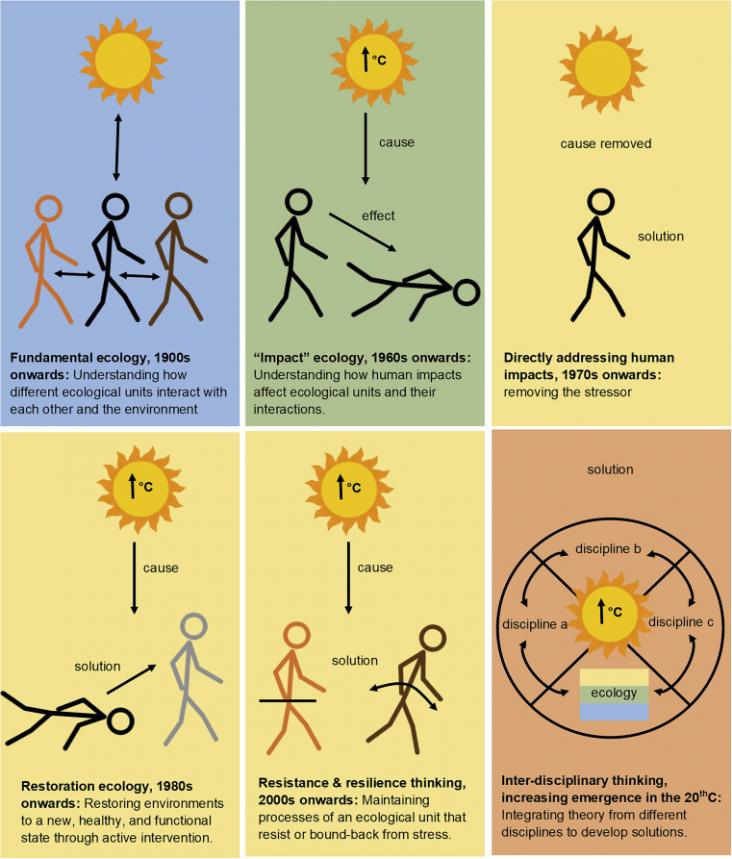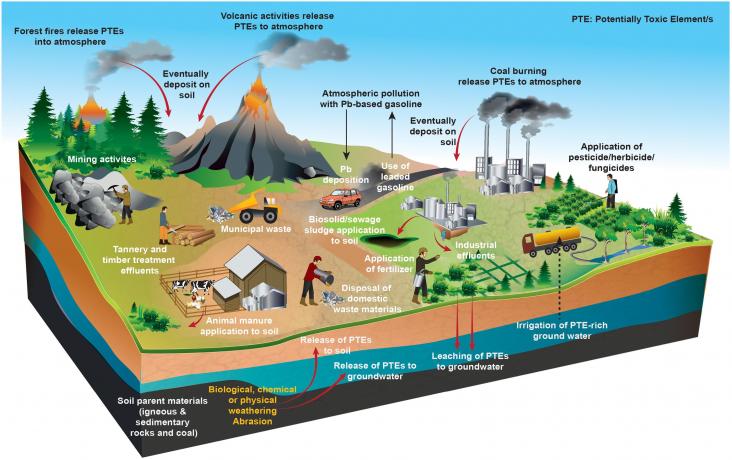
Is ecology, as a science, doing enough to address big environmental problems? Here, a review of the top 40 ecology journals suggests not.

Soil contamination by potentially toxic elements (PTEs) has led to adverse environmental impacts.
Soil and water salinity and associated problems are a major challenge for global food production.
Elucidating relationships between the soil food web, soil processes, and agroecosystem function is a critical step toward a more sustainable agriculture.

Mercury contamination in soil, water and air is associated with potential toxicity to humans and ecosystems.
Elsevier,
Emerging and Reemerging Viral Pathogens, Volume 1: Fundamental and Basic Virology Aspects of Human, Animal and Plant Pathogens, 2020, Pages 127-149
This book chapter addresses goals 3, 13 and 15 by discussing the coronavirus family (Coronaviridae) as a species specificity and interspecies transmission.
More meaningful and useful soil health tests are needed to enable better on-farm soil management.
This book chapter advances SDGs 15 and 13 by discussing the impact of deforestation, rising temperatures, drought, fire and other ecological disturbances and the reduction of forest cover on much of the earth, compromising the ability of forests to supply important ecosystem services.
Over US$60 trillion is predicted to be spent on new infrastructure globally by 2040.
Historically, tillage has been essential for seedbed preparation and weed control, but it has also accelerated soil degradation through erosion and loss of soil organic matter (SOM).
